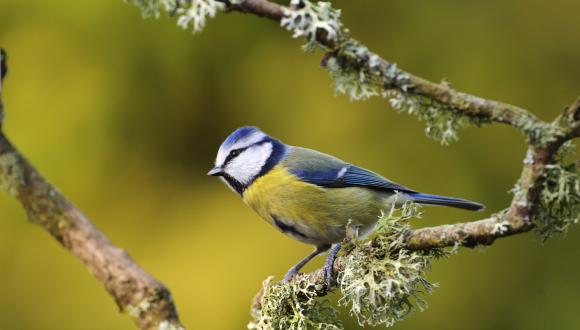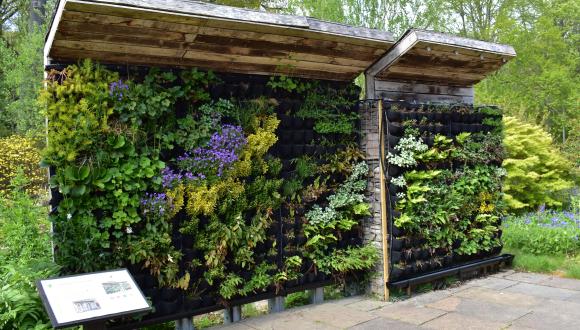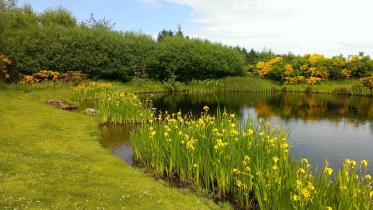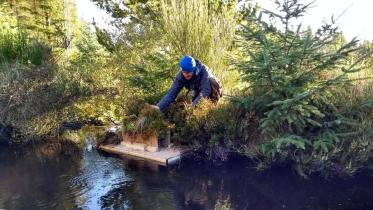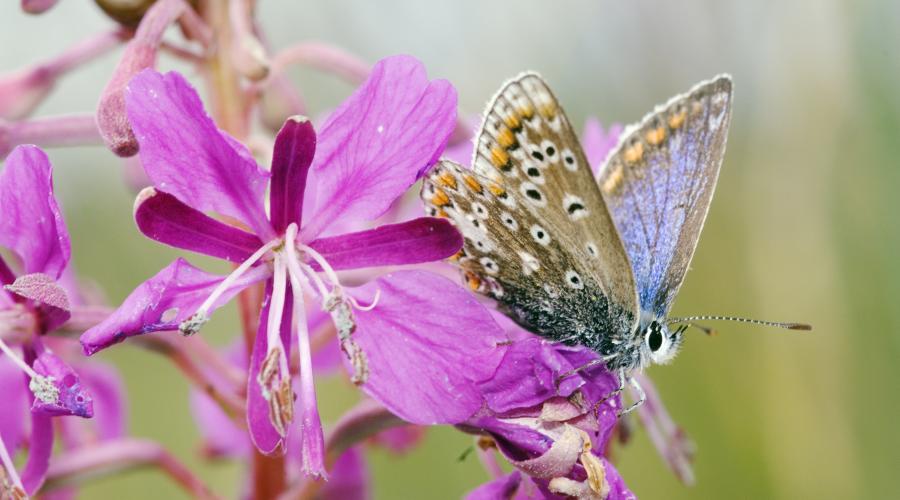
Next steps on tackling biodiversity loss published
14 December 2020
Original source: Scottish Government
Plans to protect at least 30% of Scotland’s land for nature by 2030 – and to examine options to extend this further – have been announced today by Environment Secretary Roseanna Cunningham.
The proposals were published in a new ‘Statement of Intent on Biodiversity’ which sets out the Scottish Government’s priorities for tackling biodiversity loss as part of a twin-crises approach to ending our contribution to climate change and ecological decline.
Currently, 37% of Scotland’s marine environment receives protection with 22.7% of terrestrial land protected for nature. The Statement commits to increasing protection on land to 30% by 2030 and examining options to extend this even further.
The announcement comes ahead of the publication of the Scottish Government’s Climate Change Plan update very shortly, with nature-based solutions to climate challenge expected to form a key part of the update. Restoring peatland and woodland creation will be at the heart of the proposals and are supported by an additional £500 million of previously committed investment in our natural economy.
Ms Cunningham launched the Statement at a summit convened to discuss the enormous opportunities in restoring Scotland’s peatland areas and how to make this happen at the scale required.
Other commitments in the document include plans to support new, locally driven projects that aim to improve ecological connectivity, endorsing the ‘Leaders’ Pledge for Nature’ presented at this year’s United Nations General Assembly, and developing a new national strategy on biodiversity.
Ms Cunningham said:
“Dealing with the twin crises of climate change and biodiversity loss is one of the most important challenges of this generation. It requires global action and Scotland has played a key leadership role in international negotiations, agreeing ‘The Edinburgh Declaration’ with international partners.
“We have committed to maintaining or exceeding EU environmental standards and we are determined to continue to play our part in global efforts – cooperating with friends in Europe and around the world in the run up to the UN Biodiversity COP15 in China next year.
“The recent addition of 16 new sites to our MPA network demonstrates Scotland’s commitment to lead by example on marine environmental protection too. 37% of our seas are now protected, exceeding the proposed international target to achieve 30% of global MPA coverage by 2030.
“As we begin to emerge from the pandemic, nature based solutions such as woodland creation, peatland restoration, urban green infrastructure, regeneration, and a great range of sustainable enterprises will not only help the environment but create jobs helping us build a greener, more inclusive economy.”
NatureScot Chief Executive Francesca Osowska said:
“We need nature for our survival – but our nature is in crisis. We have to work quickly and at a scale not seen before.
“These plans are an excellent step to transforming how we interact with, and care for, nature in every aspect of our lives.”
